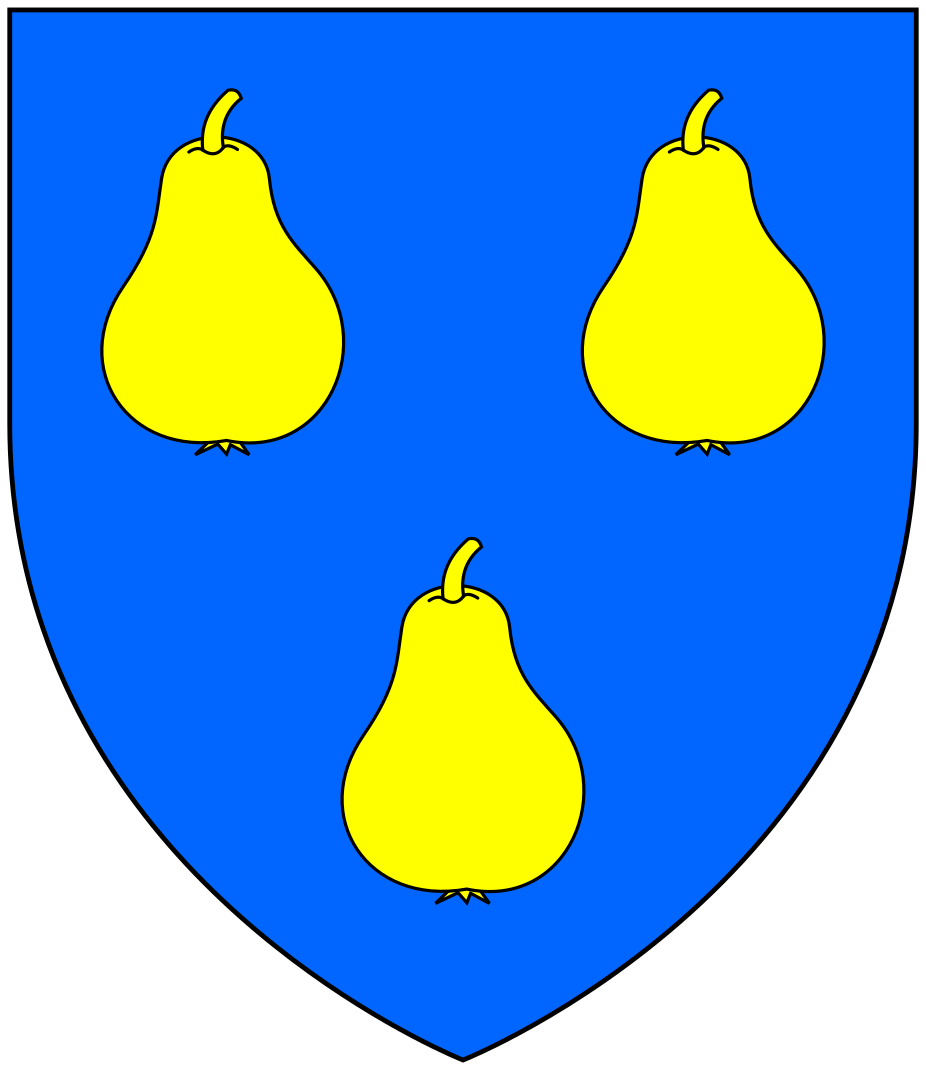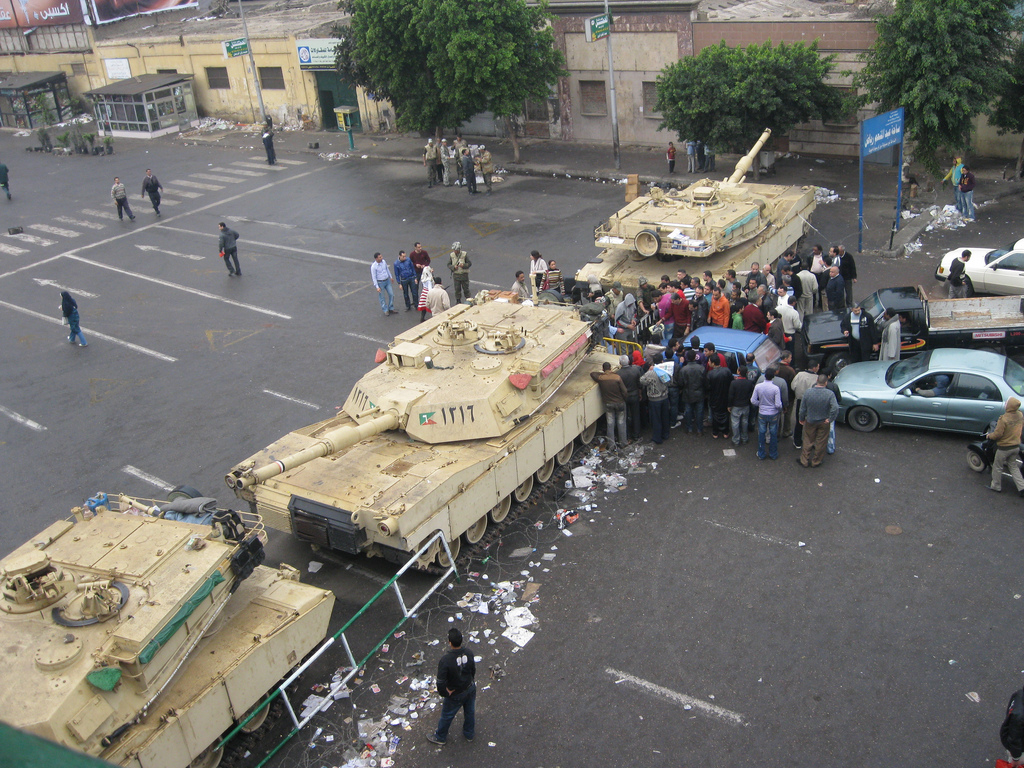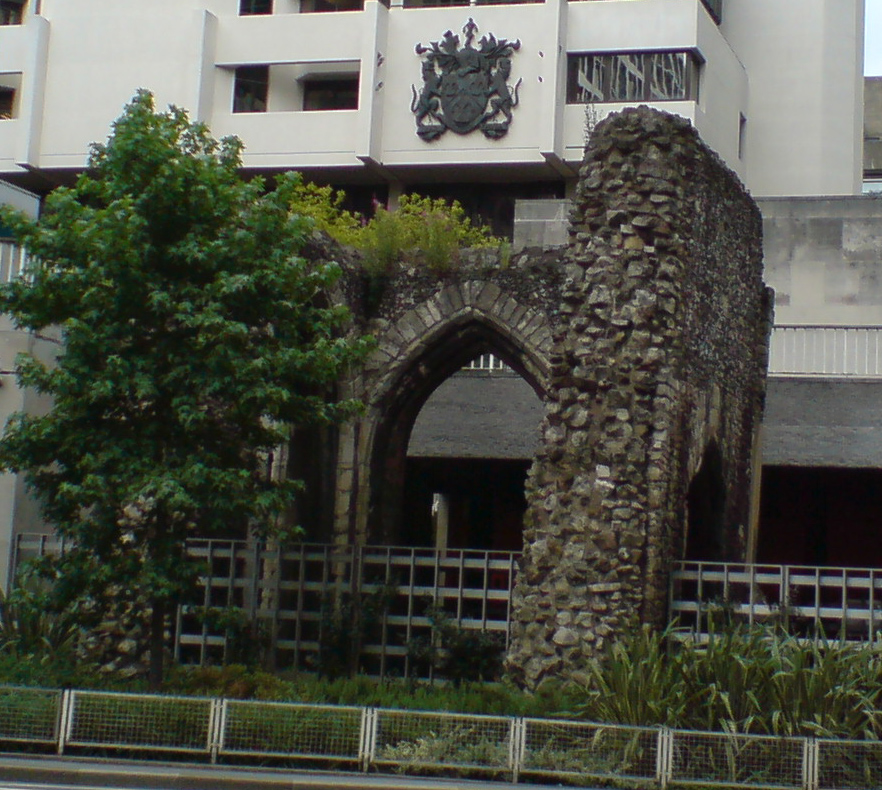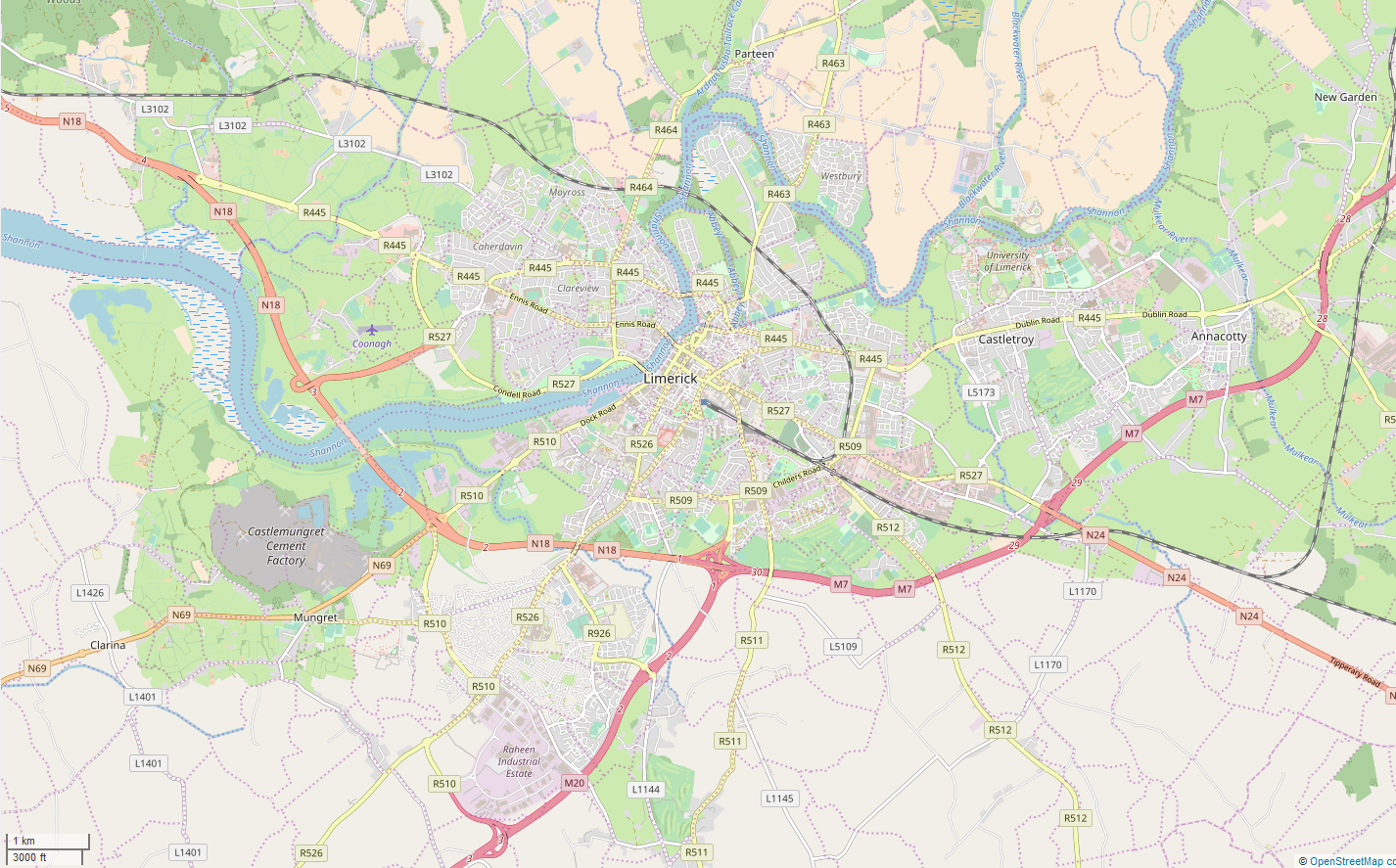|
Patrick O'Hely
Patrick O'Hely ( ga, Pádraig Ó hÉilí) (born between 1543 - 1546, died 31 August, 1579) was an Irish Roman Catholic bishop of Mayo, Ireland, who was executed by the English secular authorities. Biography Born in Dromahair, County Leitrim, and a native of Connacht, Patrick O'Hely joined the Franciscans at an early age. Four years after his profession he was sent to the Spanish University of Alcalá, where he surpassed his contemporaries in sacred studies. Summoned to Rome, he was promoted in 1576 to the bishopric of Mayo, later merged in the archbishopric of Tuam. Pope Gregory XIII empowered him to officiate in adjoining dioceses, if no Catholic bishop were at hand, and supplied him generously with money. At Paris he took part in public disputations at the Sorbonne university, amazing his hearers by his mastery of patristic and controversial theology, as well as of Scotist philosophy. In autumn, 1579, he sailed from Brittany and arrived off the coast of Kerry after James ... [...More Info...] [...Related Items...] OR: [Wikipedia] [Google] [Baidu] |
Dromahair
Dromahair () is a village in County Leitrim in the northern part of Connacht, the western province in Ireland. Dromahair is 10 km (6 mi) from Manorhamilton and 17 km (10 mi) from Sligo town. Geography Dromahair lies in the hilly north west of Leitrim amid some stunning unspoiled natural landscapes. The "Sleeping Giant" mountain formation (comprising Keelogyboy, Leean and Benbo) is visible on approaches to the village, as is Lough Gill below the Slieve Daeáne and Killerry mountain. The village itself is also idyllic, located on the banks of the River Bonet, which flows into Lough Gill. Much of Dromahair was modelled on a village in Somerset by the Earl of Leitrim, and the central streetscape still follows the pattern set down by him. History The village takes its name from the ridge of high ground on which it is located above the Bonet River. The ridge was the site of the important early church site of Drumlease, a Patrician foundation of the fifth ... [...More Info...] [...Related Items...] OR: [Wikipedia] [Google] [Baidu] |
Thomas Stukeley
Thomas Stucley (c. 15254 August 1578), also written Stukeley or Stukley and known as the Lusty Stucley,Vivian 1895, p. 721, pedigree of Stucley was an English mercenary who fought in France, Ireland, and at the Battle of Lepanto (1571) and was killed at the Battle of Alcazar (1578) fighting the army of Morocco. He was a Roman Catholic recusant and a rebel against the Protestant Queen Elizabeth I. Family He was a younger son of Sir Hugh Stucley (1496–1559) lord of the manor of Affeton, in the parish of West Worlington in Devon, head of an ancient gentry family, a Knight of the Body to King Henry VIII and Sheriff of Devon in 1545. His mother was Jane Pollard, daughter of Sir Lewis Pollard (c. 14651526), lord of the manor of King's Nympton, Devon, Justice of the Common Pleas, and his wife Anne Hext. It has been alleged that he was instead an illegitimate son of King Henry VIII. Details of any wives or children he may have had are imprecise. Career Stucley's earl ... [...More Info...] [...Related Items...] OR: [Wikipedia] [Google] [Baidu] |
Natural Law
Natural law ( la, ius naturale, ''lex naturalis'') is a system of law based on a close observation of human nature, and based on values intrinsic to human nature that can be deduced and applied independently of positive law (the express enacted laws of a state or society). According to natural law theory (called jusnaturalism), all people have inherent rights, conferred not by act of legislation but by " God, nature Nature, in the broadest sense, is the physical world or universe. "Nature" can refer to the phenomena of the physical world, and also to life in general. The study of nature is a large, if not the only, part of science. Although humans ar ..., or reason." Natural law theory can also refer to "theories of ethics, Political theories, theories of politics, theories of Civil law (legal system), civil law, and theories of religious morality." In the Western tradition, it was anticipated by the pre-Socratic philosophy, pre-Socratics, for example in their search ... [...More Info...] [...Related Items...] OR: [Wikipedia] [Google] [Baidu] |
Martial Law
Martial law is the imposition of direct military control of normal civil functions or suspension of civil law by a government, especially in response to an emergency where civil forces are overwhelmed, or in an occupied territory. Use Martial law can be used by governments to enforce their rule over the public, as seen in multiple countries listed below. Such incidents may occur after a coup d'état ( Thailand in 2006 and 2014, and Egypt in 2013); when threatened by popular protest (China, Tiananmen Square protests of 1989); to suppress political opposition ( martial law in Poland in 1981); or to stabilize insurrections or perceived insurrections. Martial law may be declared in cases of major natural disasters; however, most countries use a different legal construct, such as a state of emergency. Martial law has also been imposed during conflicts, and in cases of occupations, where the absence of any other civil government provides for an unstable population. Examples of ... [...More Info...] [...Related Items...] OR: [Wikipedia] [Google] [Baidu] |
President Of Munster
The post of Lord President of Munster was the most important office in the English government of the Irish province of Munster from its introduction in the Elizabethan era for a century, to 1672, a period including the Desmond Rebellions in Munster, the Nine Years' War, and the Irish Rebellion of 1641. The Lord President was subject to the chief governor, but had full authority within the province, extending to civil, criminal and church legal matters, the imposition of martial law, official appointments, and command of military forces. Some appointments to military governor of Munster were not accompanied by the status of President. The width of his powers led to frequent clashes with the longer established courts, and in 1622 he was warned sharply not to "intermeddle" with cases which were properly the business of those courts. He was assisted by a Council whose members included the Chief Justice of Munster, another justice and the Attorney General for the Province. By 1620 his ... [...More Info...] [...Related Items...] OR: [Wikipedia] [Google] [Baidu] |
William Drury
Sir William Drury (2 October 152713 October 1579) was an English statesman and soldier. Family William Drury, born at Hawstead in Suffolk on 2 October 1527, was the third son of Sir Robert Drury (c. 1503–1577) of Hedgerley, Buckinghamshire, and Elizabeth Brudenell, the daughter of Edmund Brudenell of Chalfont St Peter, Buckinghamshire. He was the grandson of another Sir Robert Drury (c. 1456–2 March 1535), Speaker of the House of Commons in 1495. He was a brother of Sir Robert Drury (1525–1593) and Sir Drue Drury (1531/2–1617). Career Drury was educated at Gonville College, Cambridge. Fighting in France, Drury was taken prisoner in 1544; then after his release, he helped Lord Russell, afterwards Earl of Bedford, to quell a rising in Devonshire in 1549, but he did not come to the front until the reign of Elizabeth I. In 1554 he sat as Member of Parliament for Chipping Wycombe. In 1559, he was sent to Edinburgh to report on the condition of Scottish politics ... [...More Info...] [...Related Items...] OR: [Wikipedia] [Google] [Baidu] |
Lord Justice Of Appeal In Ireland
The Court of Appeal in Ireland was created by the Parliament of the United Kingdom of Great Britain and Ireland under the Supreme Court of Judicature Act (Ireland) 1877 as the final appellate court within Ireland, then under British rule. A last appeal from this court could be taken to the House of Lords in London. Personnel The Lord Chancellor of Ireland was President of the Court of Appeal. As in England, the full-time judges had the title Lord Justice of Appeal. Other senior judges such as the Chief Baron of the Irish Exchequer, sat as additional judges of appeal when required. The following judges held the title of Lord Justice of the Court of Appeal in Ireland from the Court's creation in 1878 to the abolition of the pre-Independence Courts in 1924. Partition The Court of Appeal in Ireland was replaced by separate Courts of Appeal in Northern and Southern Ireland, along with a High Court of Appeal for Ireland, hearing appeals from both, under the United Kingdom's Gove ... [...More Info...] [...Related Items...] OR: [Wikipedia] [Google] [Baidu] |
Kilmallock
Kilmallock () is a town in south County Limerick, Ireland, near the border with County Cork. There is a Dominican Priory in the town and King's Castle (or King John's Castle). The remains of medieval walls which encircled the settlement are still visible. History Foundation and development Saint Mocheallóg built a church in the area in the early 7th century, and the town's name derives from the Irish ''Cill Mocheallóg'' meaning "the church of Mocheallóg". The town was of considerable importance in the late medieval period, ranking as one of the main urban areas in Ireland at the time. The Collegiate Church of St Peter and St Paul was built by 1241. Kilmallock was located in a position of some strategic importance, and in consequence the town frequently became a target during times of war. In 1571, the town was burned by the rebel Earl of Desmond during the Desmond Rebellions. Seventy years later, during the Irish Confederate Wars, the Dominican Priory of Kilmallock w ... [...More Info...] [...Related Items...] OR: [Wikipedia] [Google] [Baidu] |
Mayor
In many countries, a mayor is the highest-ranking official in a municipal government such as that of a city or a town. Worldwide, there is a wide variance in local laws and customs regarding the powers and responsibilities of a mayor as well as the means by which a mayor is elected or otherwise mandated. Depending on the system chosen, a mayor may be the chief executive officer of the municipal government, may simply chair a multi-member governing body with little or no independent power, or may play a solely ceremonial role. A mayor's duties and responsibilities may be to appoint and oversee municipal managers and employees, provide basic governmental services to constituents, and execute the laws and ordinances passed by a municipal governing body (or mandated by a state, territorial or national governing body). Options for selection of a mayor include direct election by the public, or selection by an elected governing council or board. The term ''mayor'' shares a linguistic o ... [...More Info...] [...Related Items...] OR: [Wikipedia] [Google] [Baidu] |
Gerald FitzGerald, 15th Earl Of Desmond
Gerald FitzGerald, 14th Earl of Desmond ( – 1583), also counted as 15th or 16th, owned large part of the Irish province of Munster. In 1565 he fought the private Battle of Affane against his neighbours, the Butlers. After this, he was for some time detained in the Tower of London. Though the First Desmond Rebellion took place in his absence, he led the Second Desmond Rebellion from 1579 to his death and was therefore called the Rebel Earl. He was attainted in 1582 and went into hiding but was hunted down and killed. Birth and origins Gerald was born about 1533. He was the eldest son of James FitzJohn FitzGerald by his second wife, More O'Carroll. As his father's name was James, he was also, after the Norman patronymic manner, called "fitz James". His full name was, therefore: "Gerald FitzJames FitzGerald". His father was the 13th (or 14th or 15th) Earl of Desmond. His father had married as his first wife Joan Roche, his grandniece and had a son from her whose name was Thom ... [...More Info...] [...Related Items...] OR: [Wikipedia] [Google] [Baidu] |
Limerick
Limerick ( ; ga, Luimneach ) is a western city in Ireland situated within County Limerick. It is in the province of Munster and is located in the Mid-West which comprises part of the Southern Region. With a population of 94,192 at the 2016 census, Limerick is the third-most populous urban area in the state, and the fourth-most populous city on the island of Ireland at the 2011 census. The city lies on the River Shannon, with the historic core of the city located on King's Island, which is bounded by the Shannon and Abbey Rivers. Limerick is also located at the head of the Shannon Estuary, where the river widens before it flows into the Atlantic Ocean. Limerick City and County Council is the local authority for the city. Geography and political subdivisions At the 2016 census, the Metropolitan District of Limerick had a population of 104,952. On 1 June 2014 following the merger of Limerick City and County Council, a new Metropolitan District of Limerick was formed wit ... [...More Info...] [...Related Items...] OR: [Wikipedia] [Google] [Baidu] |
Askeaton
Askeaton (, Waterfall of Géitine, also historically spelt Askettin), is a town in County Limerick, Ireland. The town on the N69, the road between Limerick and Tralee, is built on the banks of the River Deel some 3 km upstream from the estuary of the River Shannon. Among the historic structures in the town are a castle dating from 1199 and a Franciscan friary dating from 1389. The castle was abandoned to the English in 1580 – its walls blown up by the fleeing defenders – after the fall of Carrigafoyle Castle during the Desmond Rebellions. Askeaton was a constituency in the Irish House of Commons represented by two members until the dissolution of the parliament in 1801 Desmond Castle The focal point of the town is the Desmond Castle, which stands in the center of the town on a rocky island on the river Deel. This noble building has protected Askeaton since 1199, when the castle and its rights were given to Hamo de Valoignes, the Justiciary of Ireland between 119 ... [...More Info...] [...Related Items...] OR: [Wikipedia] [Google] [Baidu] |





.jpg)



